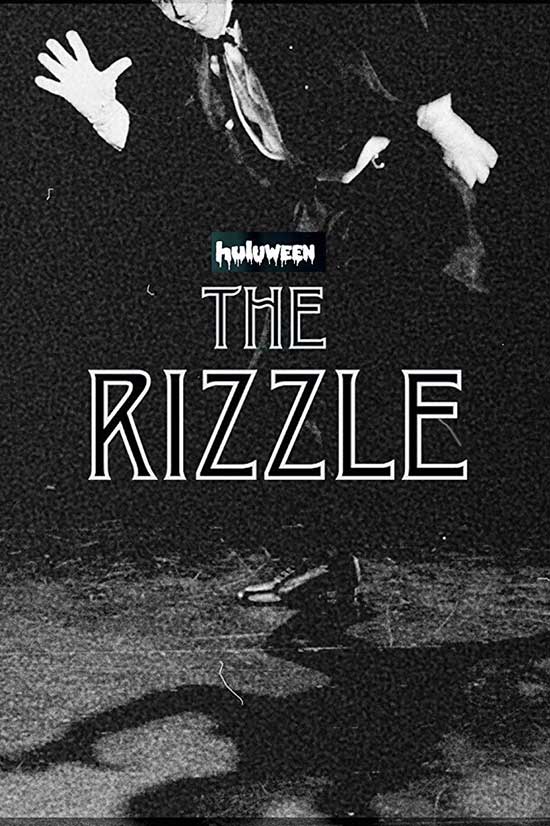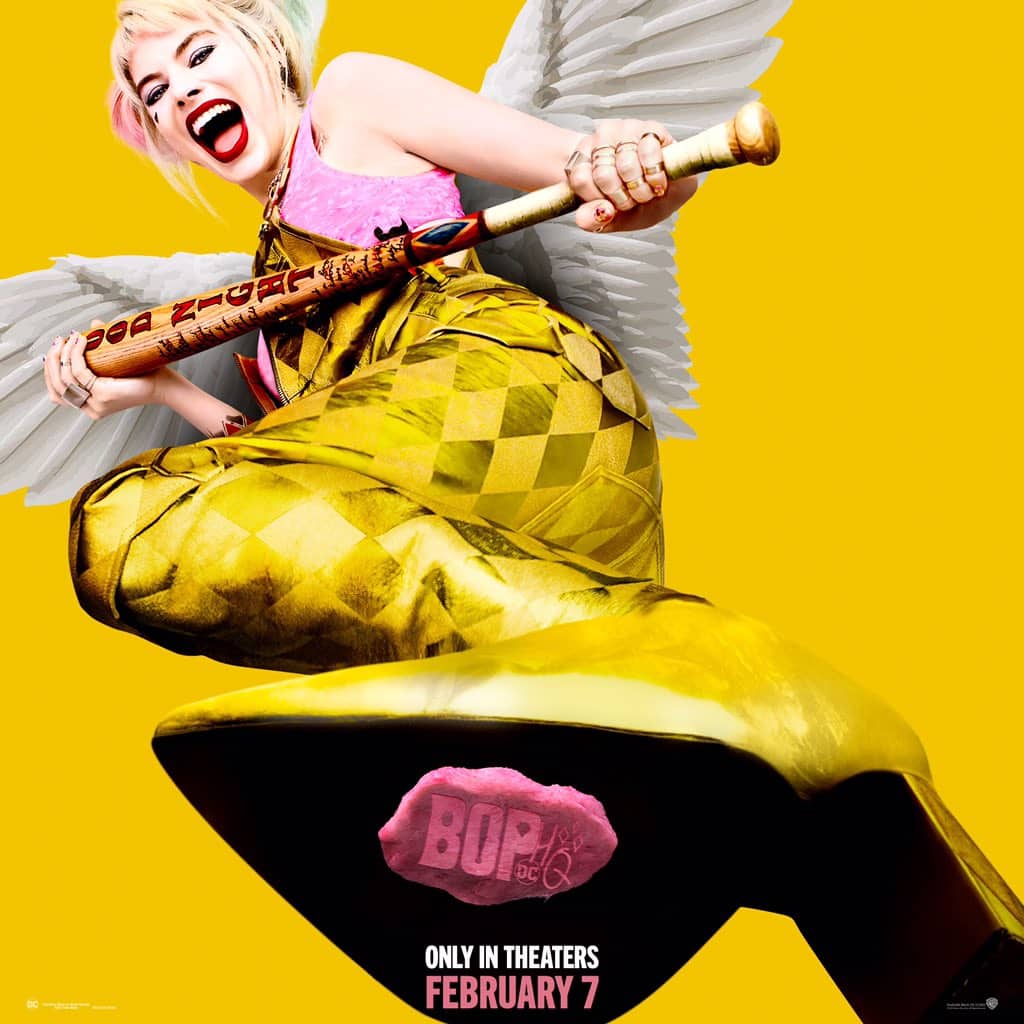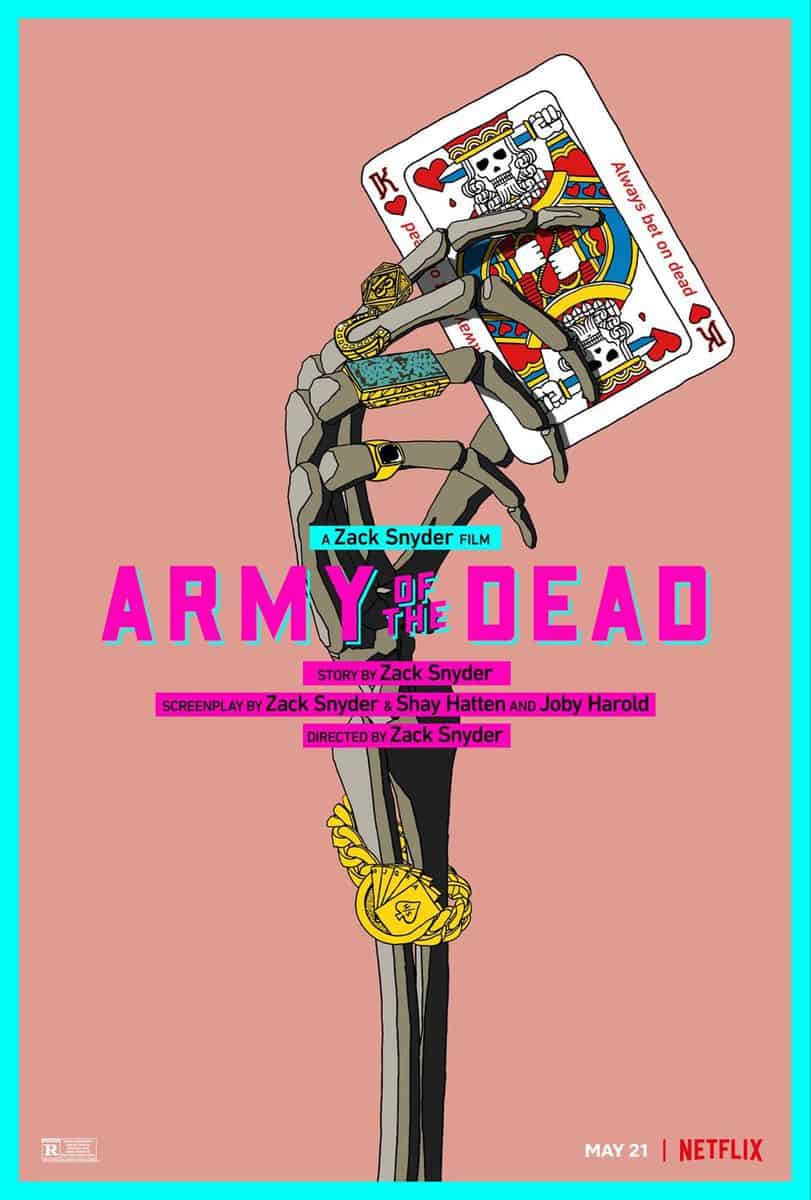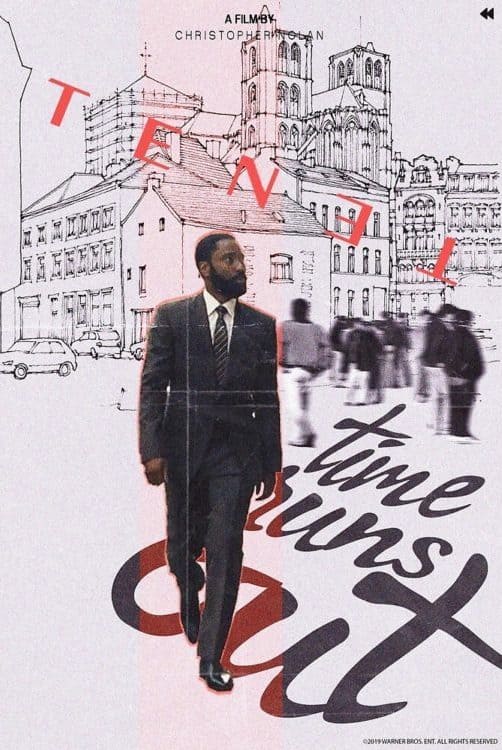
Short films present a unique challenge for film composers: their diminutive length makes the music (or lack thereof) all the more noticeable. It’s much easier for a short film to be overscored or for its music to be overwhelming and just as easy for it to feel empty from a lack of music. But, they also lend themselves to experimentation, proving a fertile ground for composers as well.
The Huluween 2018 Film Fest showcases some of these strong moments, where film music is used effectively in both traditional and non-traditional ways. Since the 2019 edition has just recently released, the Huluween Film Fest will continue to foster more voices across film and, of course, film music.
The Three Best Scores
Although the anthology featured eight short films, the music of three stood out from the rest.
The Rizzle is the perfect example of non-traditional music usage that only a short film allows. The extent of the score is a highly repetitive 30 second ragtime/Vaudevillian song, by composer Stevan Markovic, stuck on repeat and emanating from the main character’s computer. Ordinarily this level of repetition would be grating, but its diegetic nature saves it. Instead, it becomes increasingly sinister, moving from an innocuous music video to a source of unease to the portent of the eponymous villain.
Moving in the opposite direction is Haunted, Horrifying Sounds from Beyond the Grave. The short dabbles in brief subversion, stating that its main character, who is tasked with recording a Halloween sound effect album, is an experimental/musique concrete composer, foreshadowing that the score will follow in the same vein. It doesn’t. Instead, the film makes the elegantly simple choice of incorporating its plot into its score. Rather than traditional music, the score is almost entirely excerpts from the main character’s sound effect album, composed by Jonathan Snipes. It fits so seamlessly that it becomes near-impossible to tell what is diegetic and what is on the film’s soundtrack itself.
The Hug manages to merge traditional scoring elements with the flexibility afforded by the short film format. The first notable music is the “Pandory’s Pan Pizza Palace” theme song, a catchy, fun, and delightfully dated motif for the film’s Chuck E. Cheese knockoff. Although it plays throughout, the film’s short runtime again keeps the repetition from becoming a distraction. To balance out the playful theme, the score makes use of dark, full-bodied and atmospheric synth whose drone slowly morphs into a pounding and tense rhythm, building tension as the deadly climax approaches.



